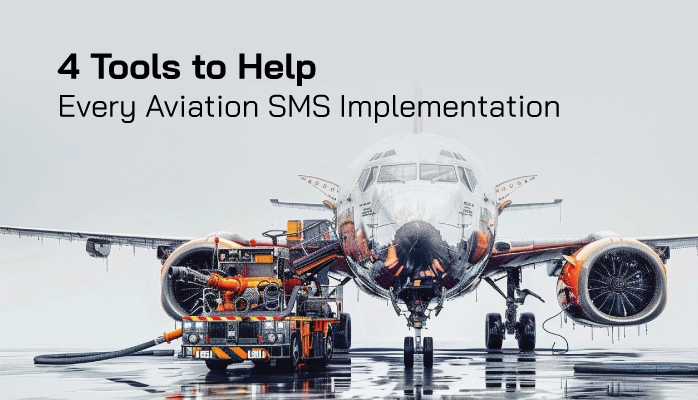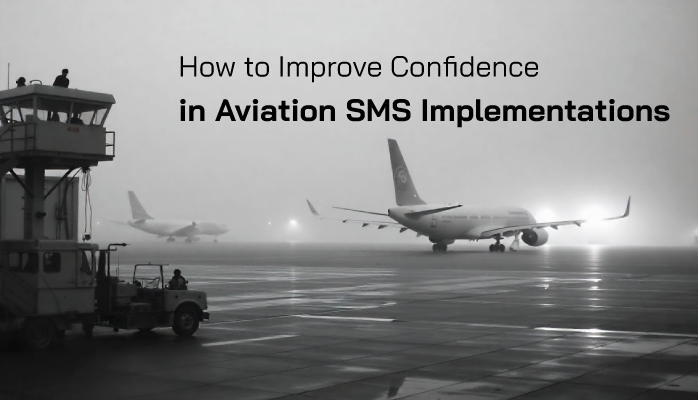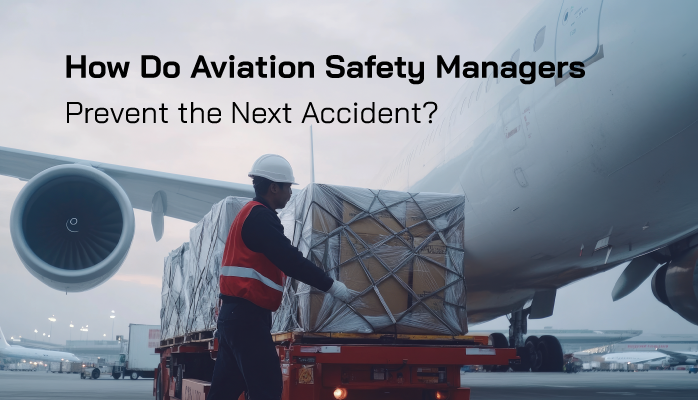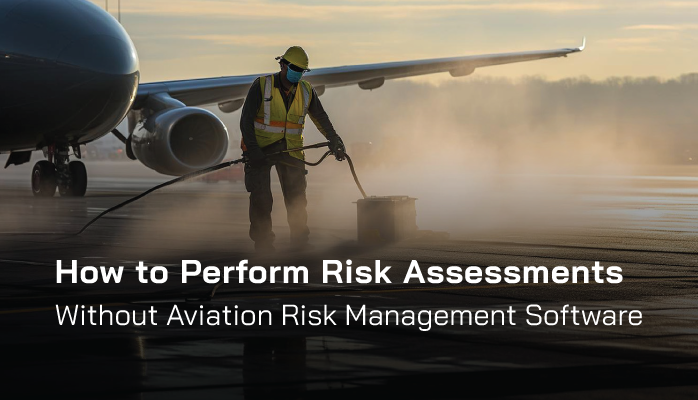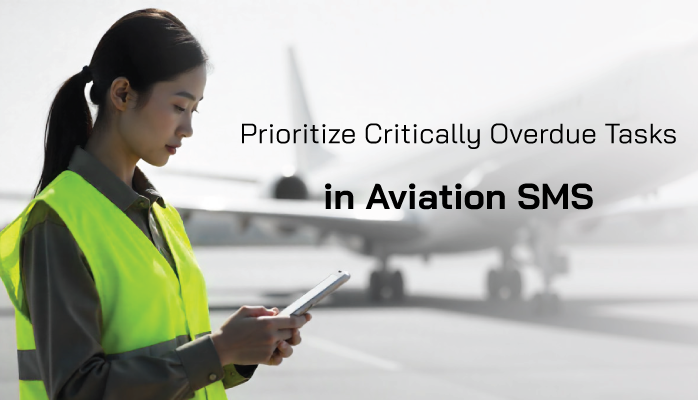Introduction: Beyond Bureaucracy in Aviation SMS
Aviation Safety Management Systems (SMS) often get mired in bureaucracy—policies, procedures, and documentation can overshadow the human element critical to safety. The Federal Aviation Administration notes that human factors drive 70% of incidents, underscoring the need for engaged safety cultures.
While ICAO Annex 19 and FAA Part 5 mandate structured processes, creativity and adaptability are key to making SMS vibrant and effective. SMS Pro’s aviation SMS software empowers operators with tools like gamified reporting, interactive training, and flexible workflows to breathe life into implementations.


